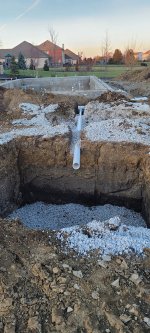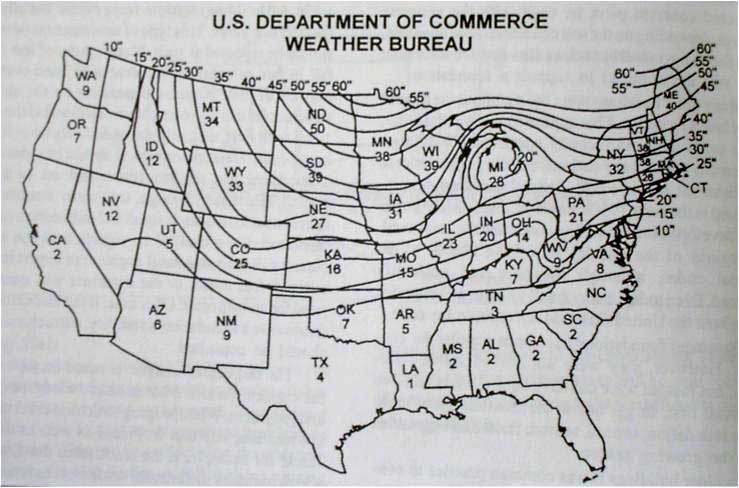After a very long wait, our pool finally was finished in August and we've had a few weeks to enjoy it. Unfortunately, now our attention turns to winterizing it. Unfortunately we have a complex pool in a northern climate and so would appreciate input on what approaches we might take to winterizing the pool.
Pool is inground plaster finish. It has an overflow edge around the full perimeter (zero edge). Water overflows into a slot and then into a trough around the edge. Other than the 1" slot, the trough is covered by mortared deck pavers so they can't move or give access to the trough. The trough flows down into a perimeter line that drains into a reservoir buried a few feet away. All flow from trough to reservoir is gravity.
At issue is that the slot drain cannot be easily sealed due to its length and size. The trough drains cannot be plugged due to lack of access. Water cannot be allowed to pool in the trough or lines leading from trough to reservoir as they would freeze and crack. We also need to keep enough weight in the reservoir to keep it from rising up during the winter, but not so much water than it would itself freeze and potentially crack.
Pool builder gave some broad input on winterizing, but does not provide this service. Their solution was to keep space in reservoir for all water/rain/snow melt to flow directly from trough into the reservoir. Then add a significant amount of antifreeze to the reservoir and then monitor it to keep it from overfilling. Local pool service company is currently considering how best to winterize (and will provide the service) but doesn't feel that plan is ideal as will be hard to ensure no water/snow remains in trough and drains and goes through freeze/thaw cycles.
Any input on potential solutions would be greatly appreciated!
Pool is inground plaster finish. It has an overflow edge around the full perimeter (zero edge). Water overflows into a slot and then into a trough around the edge. Other than the 1" slot, the trough is covered by mortared deck pavers so they can't move or give access to the trough. The trough flows down into a perimeter line that drains into a reservoir buried a few feet away. All flow from trough to reservoir is gravity.
At issue is that the slot drain cannot be easily sealed due to its length and size. The trough drains cannot be plugged due to lack of access. Water cannot be allowed to pool in the trough or lines leading from trough to reservoir as they would freeze and crack. We also need to keep enough weight in the reservoir to keep it from rising up during the winter, but not so much water than it would itself freeze and potentially crack.
Pool builder gave some broad input on winterizing, but does not provide this service. Their solution was to keep space in reservoir for all water/rain/snow melt to flow directly from trough into the reservoir. Then add a significant amount of antifreeze to the reservoir and then monitor it to keep it from overfilling. Local pool service company is currently considering how best to winterize (and will provide the service) but doesn't feel that plan is ideal as will be hard to ensure no water/snow remains in trough and drains and goes through freeze/thaw cycles.
Any input on potential solutions would be greatly appreciated!








